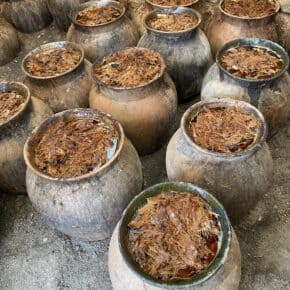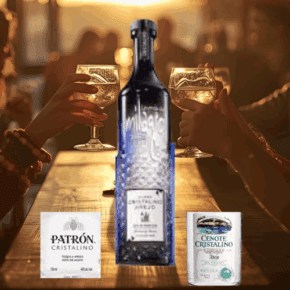Mesoamericans discovered that that it was efficient to grow corn, beans, and squash together. This evolved into the milpa system of agriculture, which is based on intercropping. Beans fix nitrogen in the soil, squash grows along the ground to crowd out weeds and retain moisture, and the corn provides a natural trellis. The milpa system also dicates how long a field should be left follow. Milpa systems may also incorporate other plants, including agave. In Mexico, milpa may refer to either the system of agriculture or the plot of land where the plants are farmed.
Home / Encyclopedia of Mezcal / Milpa
Milpa
| Felisa Rogers












Thank you for sharing. Do you know any producers of mezcal that currently use this system in Mexico, whether for domestic consumption or for exportation? I recently read this paper, which led me to wonder about this: https://www.researchgate.net/publication/257567629_Sustainability_of_the_traditional_management_of_Agave_genetic_resources_in_the_elaboration_of_mezcal_and_tequila_spirits_in_western_Mexico
Hi Sam – a large number of producers still utilize the Milpa system. Familiar brand names include Del Maguey, Vago, Tosba, Banhez, Real Minero, Lalocura, La Luna – this is just a sampling. There are of course producers/agaveros that are concentrating on growing agave in large swaths and are moving toward a more mono-cropping model.